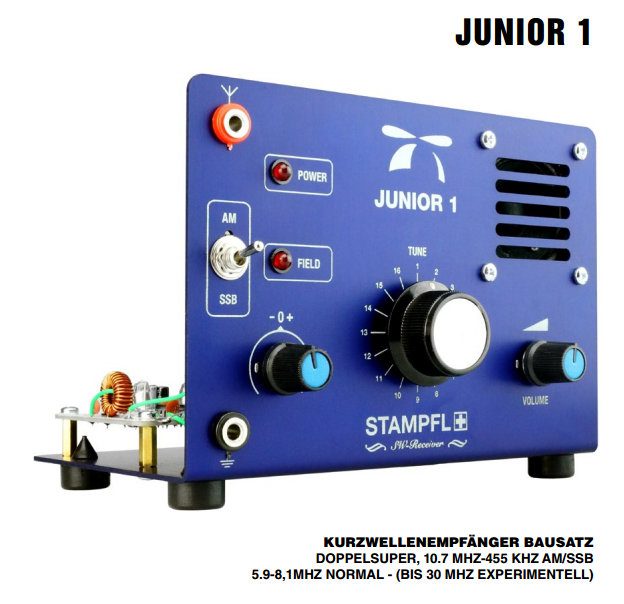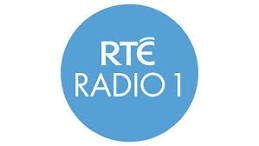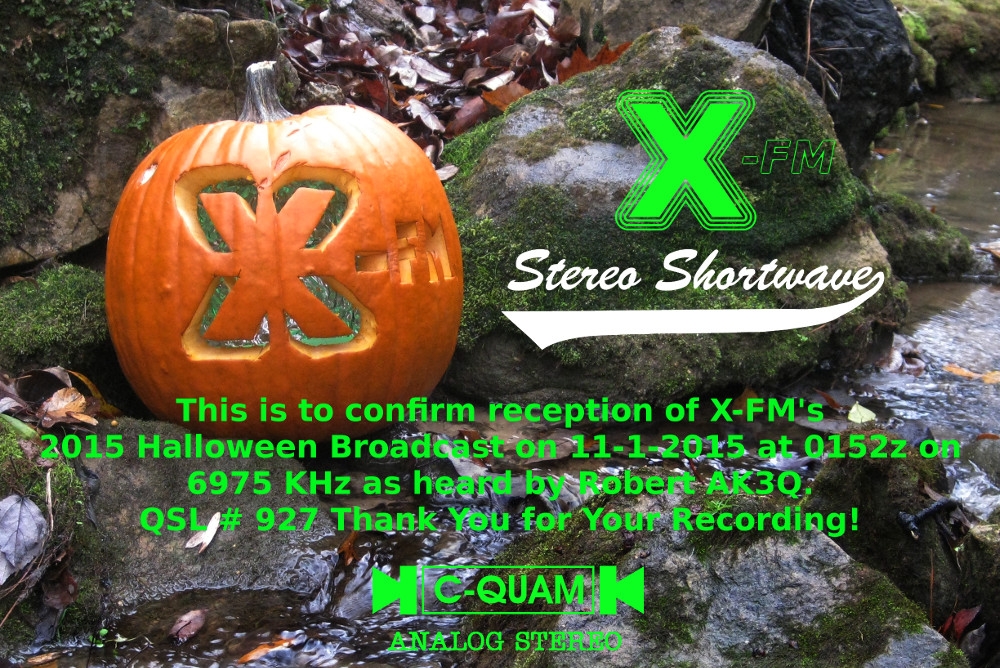 This summer has been a tough one for me in many ways, not the least of which is the minimal amount of time I have been able to spend playing radio. I have several commitments involving radio each week/month, but I do not consider that “playing” radio. To me, playing radio is where we get to sit down in front of a radio of any kind and do something with it just for the pure joy of it. The good thing about this hobby is it is always there whenever you are ready. It is like a good friend who is always there. Radio is, in fact, a bit like my dog.
This summer has been a tough one for me in many ways, not the least of which is the minimal amount of time I have been able to spend playing radio. I have several commitments involving radio each week/month, but I do not consider that “playing” radio. To me, playing radio is where we get to sit down in front of a radio of any kind and do something with it just for the pure joy of it. The good thing about this hobby is it is always there whenever you are ready. It is like a good friend who is always there. Radio is, in fact, a bit like my dog.
For those who enjoy dogs like I do, one of the most rewarding things is to come home and find your dog waiting for you, tail wagging, and excited to see you. It does not matter how long you have been gone — a short trip elicits the same excitement upon your return as you would get being gone all day. Good dogs require very little maintenance to be happy, and they are ready for love and attention whenever you are available to give these to them.
My radios do not wag their antennas when I walk into the room, but they are there ready to go when I am, and they provide a world of enjoyment when called upon. As I sit here looking at the radios in front of me (only a small portion of the radios I have around the house overall), each one means something special and calls to mind enjoyable times. My 220 rig gets very little use overall, but it always reminds me of an amateur radio friend who was an Elmer to me in the hobby.
As I am typing this my 2-meter APRS channel has come alive with signals from the digipeater in the International Space Station (ARISS) and I am hoping for a contact or two. This past week I made a contact with AF4B in Texas, which was his first ISS contact! What an honor that is for me — whenever I have the privilege of being someone’s first contact in any manner of radio I am thrilled!! It always brings to mind my “firsts” and how exciting were those moments!
As I look at my Uniden Bearcat BC898T I remember going to my first Dayton Hamvention and buying this beautiful analog scanner. One of the fellows there tried to talk me out of it because it was only analog, and some of the local departments had moved to digital. Fortunately there are still many analog signals to catch in my area, and I am interested in more than just Public Service transmissions. I like Marine, Aviation, Railroads, Coast Guard, and a dozen other things which can be picked up by analog scanners. The 898T was my entrance back into the scanning hobby after many, many years away from it. There was a great deal to learn, but this was my re-introduction to scanning.
I have previously talked about my Yaesu-Musen FRG-7, in some ways the ultimate in shortwave radios for nostalgia, quality workmanship, and manual control of a radio. 40+ years old and still a gem!! Oh yes, and then there is my Swan 350, another marvel of a radio from the past. Never known as a top-of-the-line rig by any means, I treasure its heft, its vacuum tube warmth, and its mechanical tuning which turns like tire compared to the optical tuning wheels on modern rigs. In fact, its a lot like me — slow to get going and needs some time to warm up, but gets the job done eventually. (Why does it seem getting up out of bed and getting started each day gets harder and harder . . . I can’t be that old, can I??)
Fall and winter are coming, definitely great times of the year to play radio, and I hope to do just that. A little work on my antennas should get me back up to speed in terms of capabilities, and my hope is life will slow down enough to let me have some fun. I know whenever I have the time my old friends will be there ready and waiting! I hope the coming months are filled with radio fun for each of you! 73, Robert
Robert Gulley, AK3Q, is the author of this post and a regular contributor to the SWLing Post. Robert also blogs at All Things Radio.







